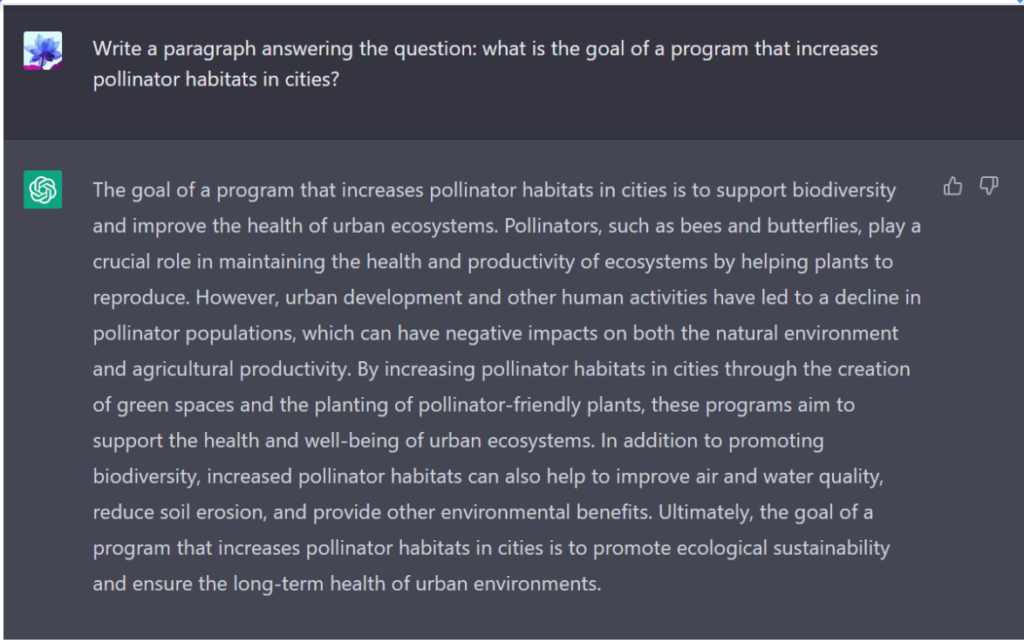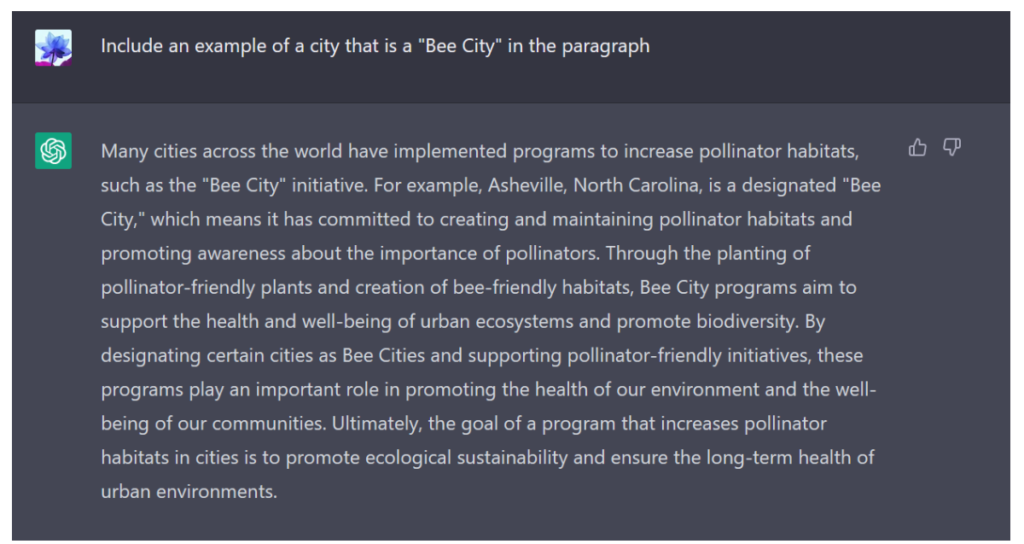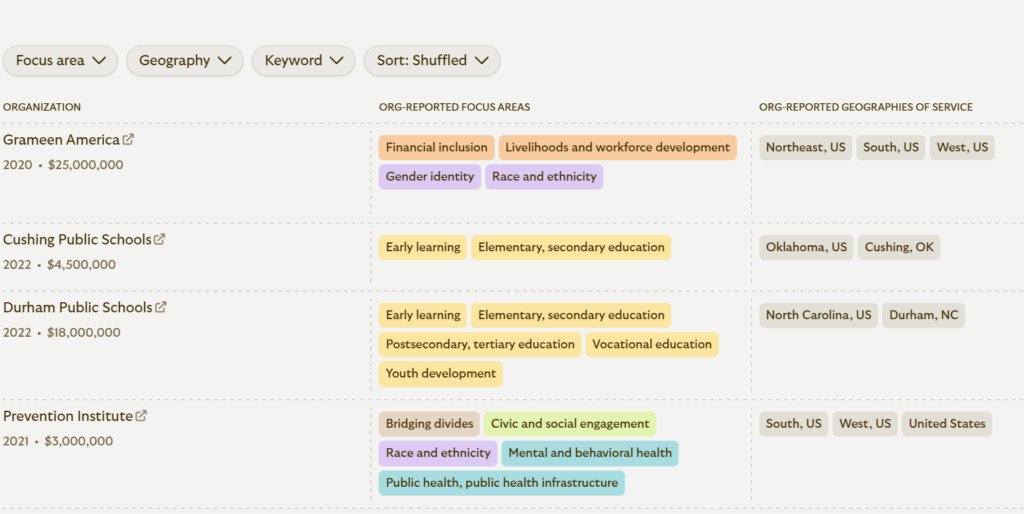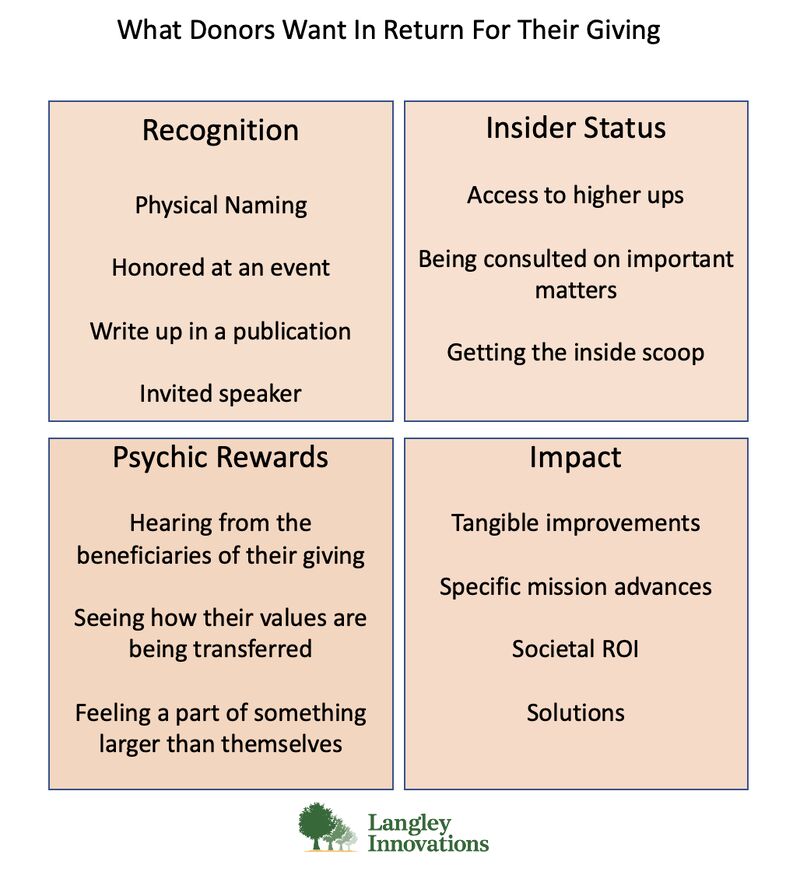From: Nonprofit Tech for Good
Here’s the list. Read More online for details on each
1) Set up and prioritize LinkedIn Pages in your social media strategy.
2) Post 2-3 times weekly to your LinkedIn Page and react to your followers.
3) Monitor your LinkedIn Analytics.
4) Experiment with LinkedIn Ads.
5) Engage as your nonprofit page to elevate your brand on LinkedIn.
6) Encourage current staff, board members, and volunteers to complete their LinkedIn Profiles.
7) Empower your current staff, board members, and volunteers to advocate for your nonprofit on LinkedIn.
8) Encourage executive staff to be regularly active on LinkedIn.
9) Use LinkedIn to connect with major donors, corporate sponsors, and foundations.
10) Join and participate in LinkedIn Groups.



 In May 2024, Access Philanthropy held a workshop on Introducing your Organization to Funders, presented by Access Philanthropy Senior Grant Writers
In May 2024, Access Philanthropy held a workshop on Introducing your Organization to Funders, presented by Access Philanthropy Senior Grant Writers 
